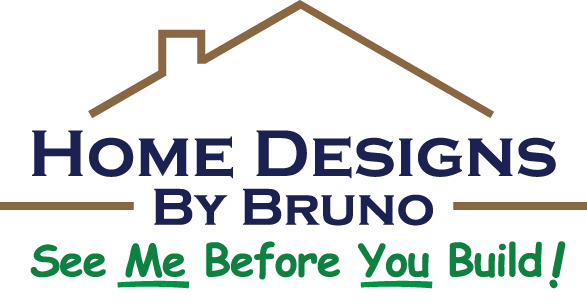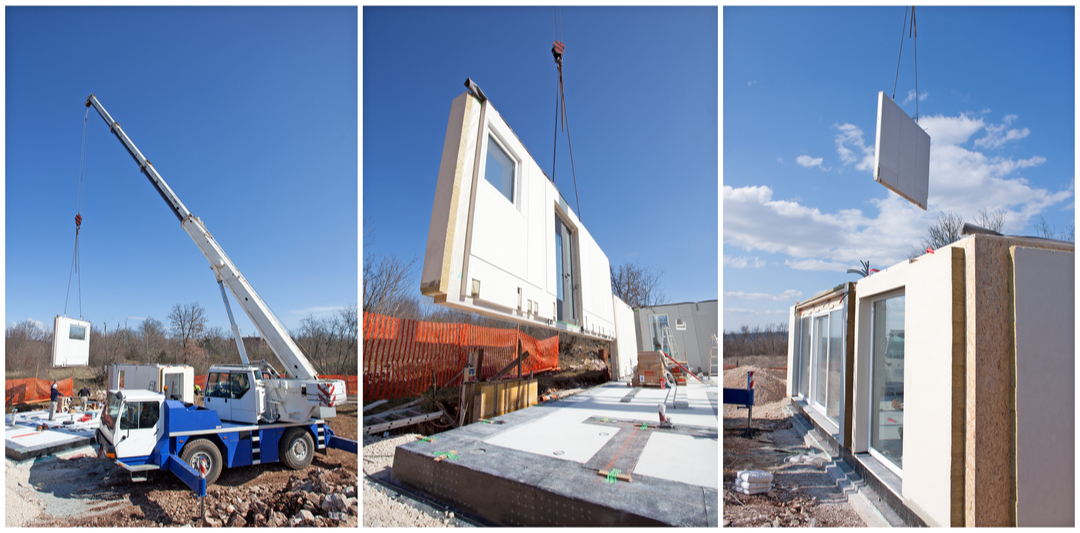The Benefits of Home Design Consultation
What does a design consultation include? As a potential homeowner, you’re probably wondering how a home design consultant can help. Such experts provide considerable advantages to potential homeowners. Here are the 5 benefits of having a design consultant.
1. Saves Time in Planning
As you will discover, there are many things to consider when planning to construct or renovate a home. It can be tough to determine what changes need to be made. A home design consultant will help you save time because they’ve had plenty of experience with the process. They know what works and what doesn’t. You don’t have to waste time figuring things out because the consultant will take care of it.
2. Gets You Organized
The planning process can be overwhelming because there are many things to consider. Having a home design consultant helps you stay organized because they will keep track of everything for you. This includes making sure that the construction crew has the necessary materials and that the permits are in order. In addition, the consultant can help you create a schedule so that everything is finished on time.
3. Make Your Home More Functional
You might not know how to make your home more functional. A home design consultant will help you figure out how to use the space in your home more efficiently. Home design experts will also help you choose fixtures and finishes that are both stylish and functional. This is important because you want your home to be beautiful and practical. The main idea is to ensure that your home is comfortable and inviting.
4. Creates a Unique Home
You want your home to be unique and reflect your style. A home design consultant will help you achieve this goal. They will work with you to choose the right materials, colors, and textures that reflect your taste. This is an important aspect of the project because you want your home to reflect who you are. You will get a home designed to meet your tastes and preferences.
5. Avoid Costly Mistakes
It’s easy to make mistakes when planning a construction or renovation project, and these mistakes can end up costing you a lot of money. A home design consultant will help you avoid making costly errors. You will always be in a position to make informed decisions because you will have the guidance of an expert. This is an important benefit because it can save you a lot of money in the long run.
Conclusion
When choosing a home design consultant, you want to make sure you choose someone with experience. You also want to ensure that they can work with you to create a plan that meets your needs. The benefits of having a home design consultant are numerous. Contact Home Designs by Bruno to learn more about how we can help you with your home design needs.

